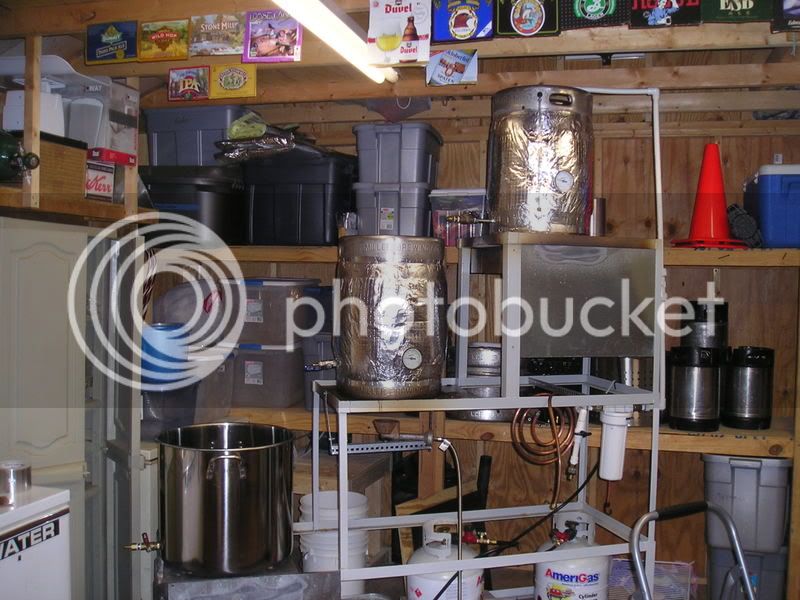aekdbbop
Well-Known Member
Im sure there are alot of you out there that use them.. but what are the advantages v. a cooler..
My 10 gallon "speedo" cooler isn't cutting it. and trying to decide it i should go for a keggle mlt or spend 25 bucks for a 60qt ice cube or this http://www.walmart.com/catalog/product.do?product_id=4994241
thanks!
My 10 gallon "speedo" cooler isn't cutting it. and trying to decide it i should go for a keggle mlt or spend 25 bucks for a 60qt ice cube or this http://www.walmart.com/catalog/product.do?product_id=4994241
thanks!





































![Craft A Brew - Safale S-04 Dry Yeast - Fermentis - English Ale Dry Yeast - For English and American Ales and Hard Apple Ciders - Ingredients for Home Brewing - Beer Making Supplies - [1 Pack]](https://m.media-amazon.com/images/I/41fVGNh6JfL._SL500_.jpg)





















